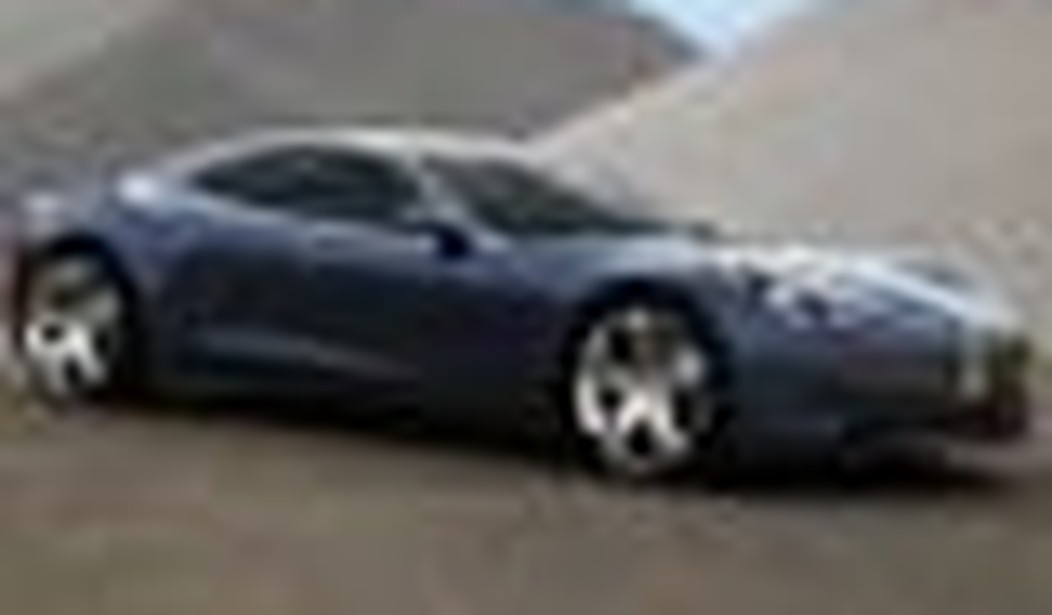There have been lots of opinion pieces about Obama’s newly proposed Corporate Average Fuel Economy (CAFE) standards, and I’ve weighed in with my own views on the topic. Even though I dislike the full-employment-for-bureaucrats model to curb oil consumption and would prefer a simple, market-driven solution like higher fuel prices, the fact is that our future vehicle fleet will change dramatically.
Radically improved fuel economy isn’t necessarily the end of the world for performance enthusiasts. For as long as I can recall, new cars have gone through growth spurts like an athlete on steroids. It seems that every new model is bigger and more powerful — even the newest 50 MPG Prius and Scion’s xB offerings grew in size and power.
When cars downsized after the 1973 oil embargo, the former Big Three automakers’ small car offerings were hardly competitive with innovative models like Honda’s fuel-efficient Civic and Toyota’s durable Corolla. Chevy’s Vega had lots of innovative technology, but the aluminum engine without steel cylinder liners easily failed while Ford’s little Pinto was fun to drive until it either caught fire or rusted away.
Today, there’s a lot less arrogance in the corner office of a major automaker. Everyone knows that to survive in a universe of overproduction, intense competition, and lackluster demand, you can’t just be good. You had better be brilliant. And if an automaker makes the right moves, it will enhance its chances for survival.
These thoughts occurred to me as I watched the reaction of affluent people to the Northern California unveiling of the Fisker Karma S, a hardtop/convertible version of the company’s extended range electric luxury car. The cool looking Karma sedan was also a big hit with well-heeled residents from California’s Marin County who like the idea of driving green without sacrifice. If Fisker can deliver the car that’s promised on the website, his startup company will be wildly successful.
Ready or not, pure electric vehicles along with “extended range” or “plug-in” electric vehicles are well on the way to a showroom near you. GM is thrilled that the preliminary city mileage specifications for its Chevy Volt under the new “draft” EPA standard is 230 MPG. The company is confident that the EPA combined rating will remain in triple digits.
Nissan has pushed its pure electric car program forward, helped by a $1.6 billion taxpayer low-interest loan to retool its Smyrna, Tennessee plant. Ford secured $5.9 billion for similar requirements, and not to be outdone, GM has asked for a total of $10.3 billion to help its electric efforts. Silicon Valley darling Tesla scored $465 million to build a plant for its new electric sedan as soon as the company finds the right site with state and local tax relief. In vivid contrast, ZAP, a veteran California electric car builder, secured $25 million in private financing to develop and build its newest electric car.
So it’s clear that we’ll dramatically increase the availability of electric vehicles by the end of next year, and if sales take off, they could become ten percent of the vehicle fleet. The Obama administration is so pleased with this progress, the president and staff took to the road to announce $2.4 billion in stimulus grants to seven companies in Indiana and eleven in Michigan for 48 different projects to build batteries, drive components, and various vehicles. Mysteriously, Bright Automotive — an electric vehicle startup based in Anderson, Indiana — has yet to hear from the government about its $450 million loan application.
Although some of this money is targeted for charging stations, infrastructure improvement doesn’t appear to be part of the current dialogue. Most of our stimulus money is targeted for “shovel-ready” projects, a prerequisite that translates to pothole repair. At the same time, most potential buyers of electric vehicles live in urban areas and many are in apartments with no place to plug in. Wouldn’t a major electrification project make sense? And while we’re at it, small nuclear power generation to support those plugs?
So does this mean that we’ll all have to drive small appliances with rubber tires? Well, not really. Although the fuel economy ratings are pegged to hit 35.5 MPG by 2016, with passenger cars averaging 39 MPG and light trucks at 30 MPG, those are CAFE numbers and they don’t translate directly to EPA window stickers. So a passenger car with an EPA rating of 29 MPG can equal the CAFE rating of 39 MPG while a truck can translate from an EPA rating of 23 MPG to a CAFE of 30. If it makes your head hurt, imagine how the environmentalists feel about this bureaucratic slight of hand.
We’re still not certain what will happen to the exotic automakers like Aston Martin, who have lost their big parent (Ford) that produced a diverse range of small sippers to raise their CAFE numbers. If California had its way, Aston Martin and its dealers might be history. Instead, under federal rules, they might just have to pay fines.
In the meantime, if you want a thirsty, muscular vehicle, my advice is to buy it soon.









Join the conversation as a VIP Member